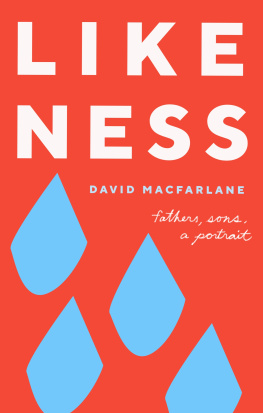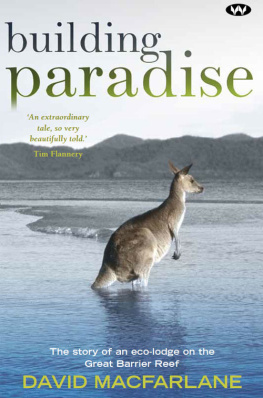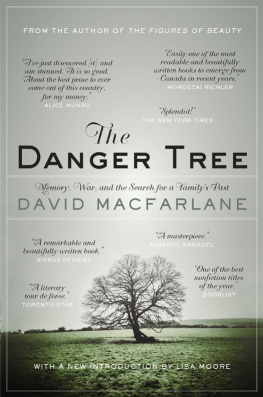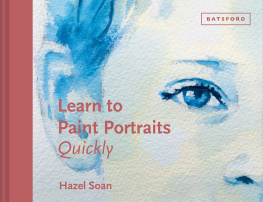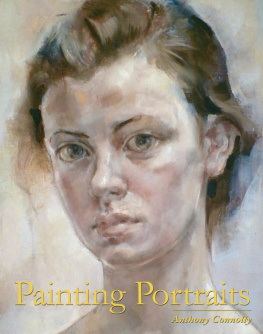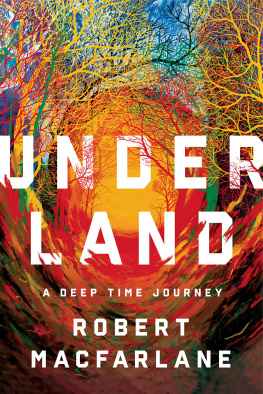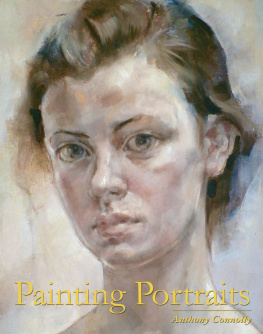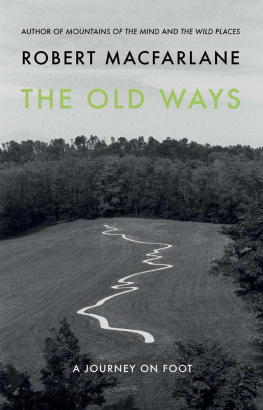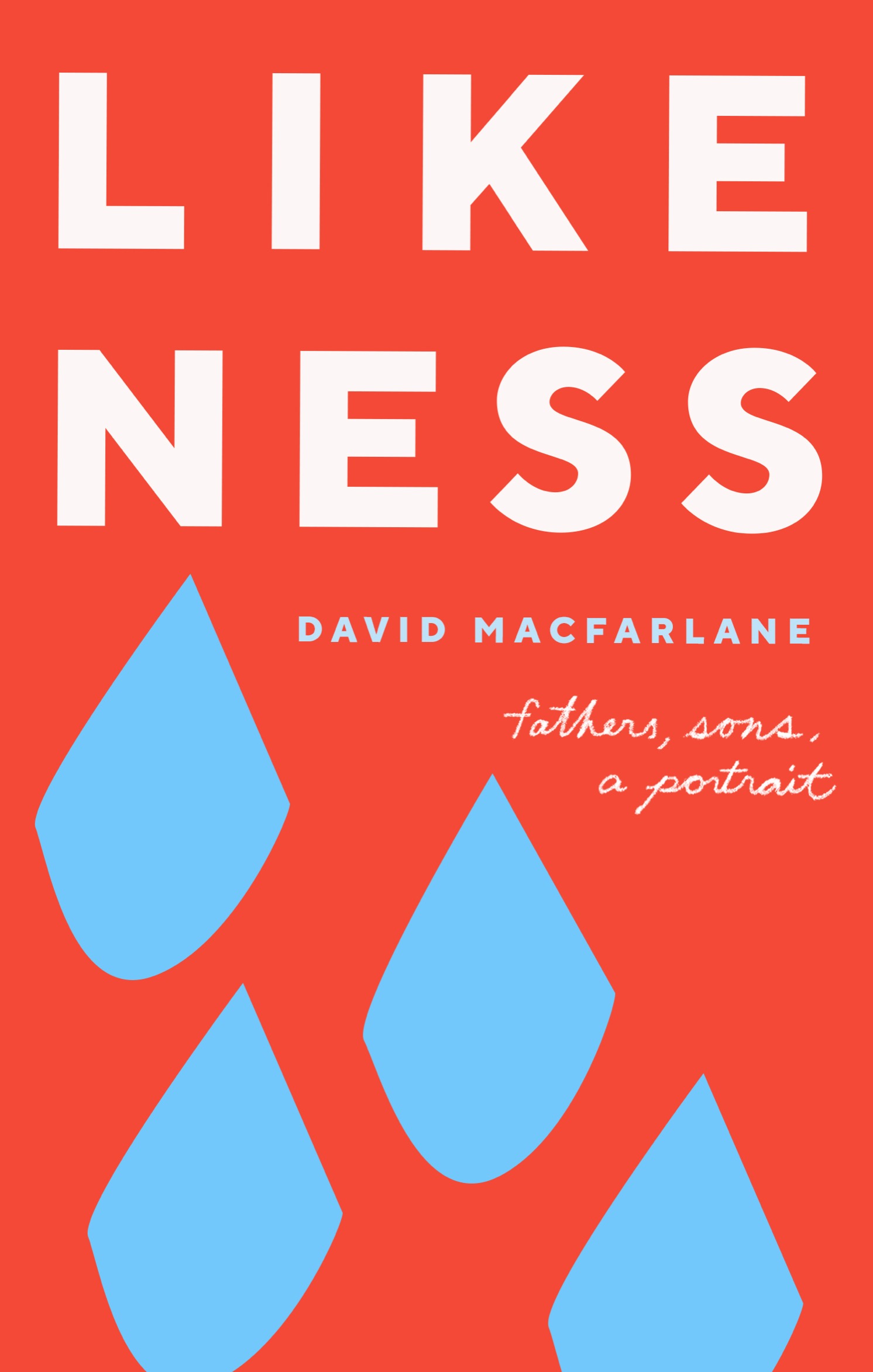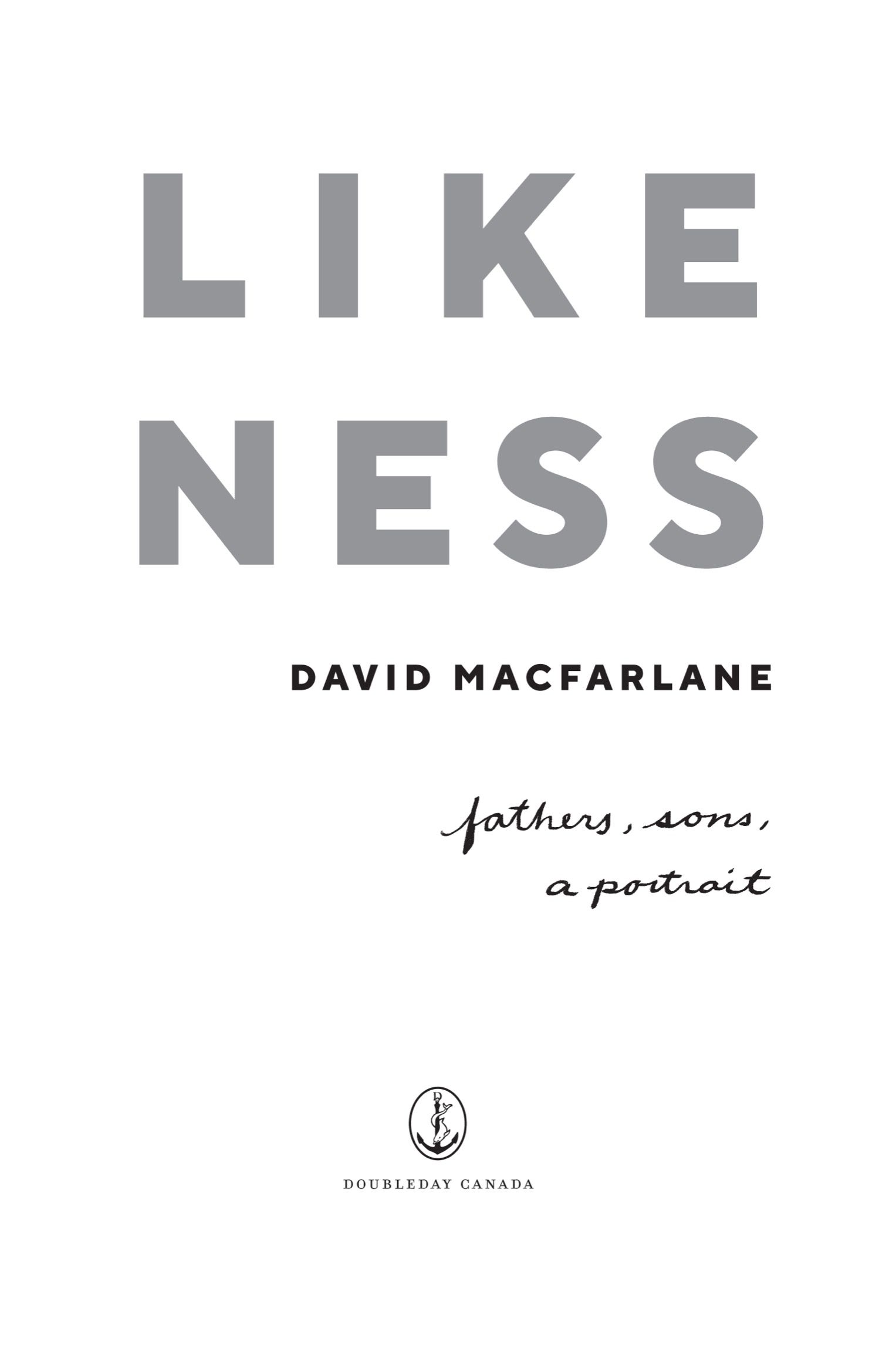All rights reserved. The use of any part of this publication, reproduced, transmitted in any form or by any means electronic, mechanical, photocopying, recording or otherwise, or stored in a retrieval system without the prior written consent of the publisheror in the case of photocopying or other reprographic copying, license from the Canadian Copyright Licensing agencyis an infringement of the copyright law.
Doubleday Canada and colophon are registered trademarks of Penguin Random House Canada Limited.
Title: Likeness / David Macfarlane.
Names: Macfarlane, David, 1952- author.
Identifiers: Canadiana (print) 20200212575 | Canadiana (ebook) 20200212583 | ISBN 9780385693714 (hardcover) | ISBN 9780385693721 (EPUB)
Subjects: LCSH: Macfarlane, David, 1952-Family. | LCSH: Macfarlane, Blake. | LCSH: Parents of terminally ill childrenBiography. | LCSH: CancerPatientsBiography. | LCSH: Fathers and sonsBiography. | LCSH: Bereavement. | LCGFT: Biographies.
To Gillian and Ron. And to Effy.
Much of what I do in creating a painting is construct it to engage the viewer. However, I understand that every viewer will enter into the imaginative space of the painting in a particular way. I dont expect to have any control over this.
Between 2014 and 2020, John Hartman completed the portraits of forty Canadian writers. David Macfarlane above Hamilton (oil on linen, 60 66) can be viewed at manylives.art.
1
Begin outside. Thats where all the grey is. Start at the back. Thats where the mists of time are.
There is a small rectangle there. Its to the right of my right eye. Not to my actual eye. Its to the right of my right eye in a painting of me. I can show you. You can see what I mean.
Get closer, and if you squint a little you can imagine a concrete playground. Girls Side. Boys Side. No colour because there wasnt much.
Earl Kitchener Junior Public School was erected on Dundurn Street, in the city of Hamilton, in the province of Ontario, in 1914.
Erected. Har-dee-har.
Slang.
Dun coats. Dun air. The back stairs, clang, clang, clang, clang.
Incomplete sentences. Mr. Parsons irritated red cursive.
Children shout in the dull air. The volume at recess is remarkable. And under the stairs, clang, clang, clang, a boy (slight, dark-haired, doomed) is telling a joke to the huddle of fall jackets around him.
You cut off his arms.
Hes reciting the joke, actuallyas if its a lyric to a tune he isnt singing.
2
When John Hartman, who is an artist I know, asked me if Id give him a tour of Hamilton, I said that it would be a pleasure just like my father used to say: it would be a pleasure. Not that my father said it would be a pleasure that often. My father didnt say anything that often.
My father grew up in a red brick house, not far from the red brick house in which I grew up. I could explain their approximate geography with the oil painting of Hamilton that Hartman finished a few months after I gave him my guided tour.
Even though the streets in Hartmans composition are suggested as much as they are drawn, I could use the picture to point to where my fathers childhood home used to be and (about the length of a Winsor & Newton paintbrush away) the playground of Earl Kitchener Junior Public School. They were that close.
3
I read those two passagesthe part about the playground and the part about where my fathers old house used to beto my son, Blake, when he was in the hospital. I wasnt sure what he thought of them. This wasnt unusual.
Blake was terrible at pretending to be interested in something he wasnt interested in. This was partly because when he really was interested he couldnt help looking really, really interested. If he was listening to a story that he wanted to hear hed have exactly the expression youd want on the face of someone to whom you are telling a story.
This had been true of him all his life. He withered in the face of boredom and, as a result, he learned at an early age to avoid it when he could. Once, when we were walking home from kindergarten or nursery school or swimming lessons or somewhere and we passed Trinity-St. Pauls, at the corner of Robert and Bloor Streets in Toronto, I asked the six-year-old Blake if he had any interest in going to church. Nope, he said.
I remember this clearlyin part because his lack of hesitation made me laugh but also because walking home from kindergarten or swimming lessons or whatever it was on this particular occasion is the walking-home that I think of when I wonder, as I sometimes do, when we last held hands when we walked anywhere.
I looked down at him. I wasnt pressing the issue. I had no evangelical intent. I was just interested in the prompt confidence of his answer.
Why not? I asked.
Im not a religious guy.
Blake thought playing with his Star Wars figurines on Sunday mornings was a better use of his time. He might have been right.
By the time he was a teenager, Blake composed electronic music. He made beats. He edited documentaries. He directed music videos. He worked as a DJ. He had an animation camera set up in his bedroom. He kept journals. He drew a lot. He watched lots of movies Id never seen and listened to lots of music Id never heard of.
He liked to work. He could sit at his computer, headphones on, for hours.
He usually had a few things on the go. Even when he was sick, he was doing some editing when he could. He was always working on a song. He was taking piano lessons. He played guitar and, when he did, he seemed to find his way to melodies that sounded more like East Africa than the standard three chords of the blues progressions I played. He was building a climbing wall in his bedroom so he could practise rock climbing when he had more use of his arms. He was making a Millennium Falcon out of Lego. Because it was fun. Because it reminded him of Sunday mornings playing with his Star Wars figurines.
It was difficult for Blake to entertain long-term projects when he was sick. His collaborations waxed and waned with his energies and with the cycles of treatment and medication. This made him sad.
There was something, though, that he had in mind. He spoke to me about it now and then. He wasnt yet sure what it would be, exactly. He could see it as a graphic novel. Maybe animation.
His friends. Our friends. His colleagues. Our family. A small, stalwart community had rallied around Blakes illness, and Blake had been fretting for a while about how to thank them. He tried writing a group letter. I remember he asked me to look at drafts a couple of times. But there was something about this that he found wearisome. It began to feel like a task. Thats when he came up with the graphic novel idea. Perhaps an animated short.

